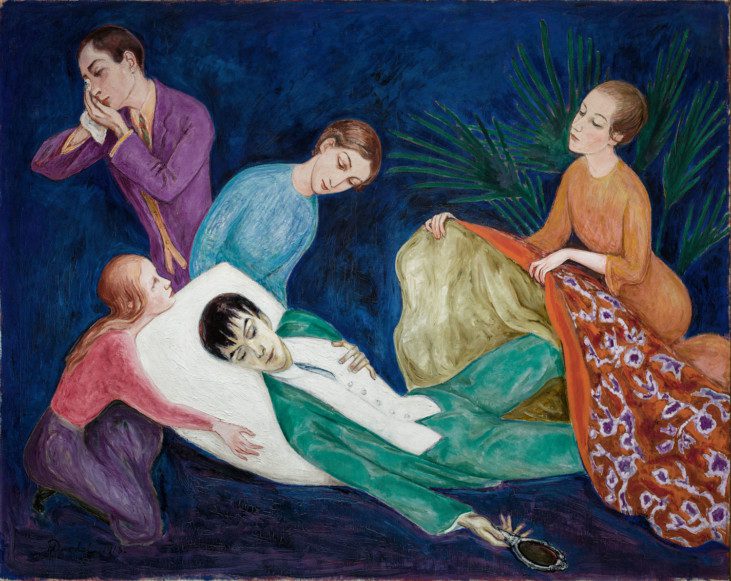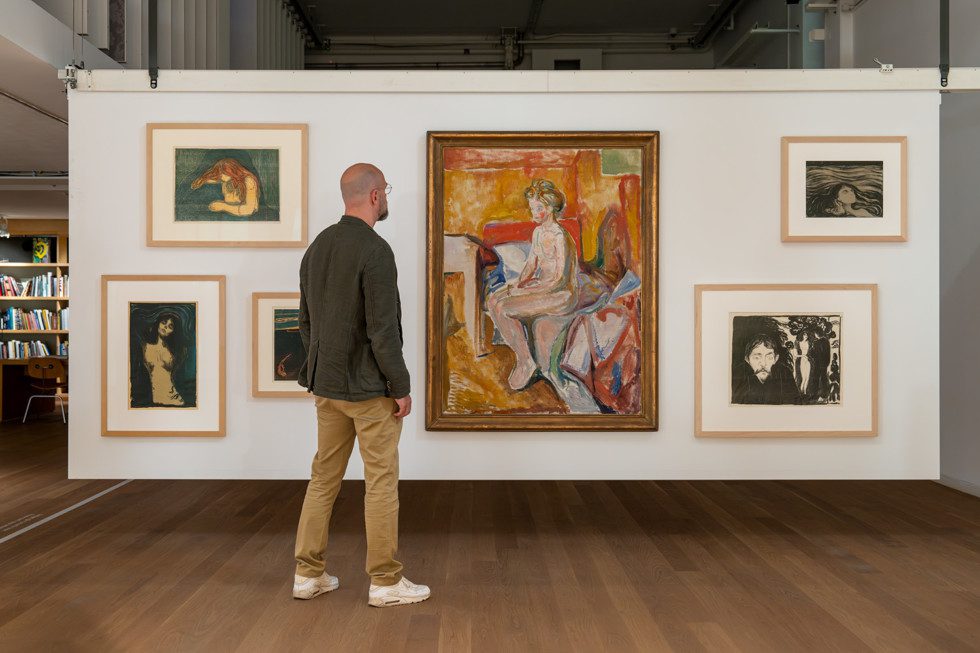
The Study Gallery Photo: Dustin Montazer/Moderna Museet
The Study Gallery
Stockholm
The collection
Opening hours
The Study Gallery’s screens are currently under maintenance, but you can still see the exhibition’s permanent works and visit the library
Tuesday–Sunday: 13.00–18.00 (Tuesday and Friday 20.00)
Monday closed
Search the collection and find more
On Search the collection you can see the artworks, read and learn more about what we show in The Study Gallery.
At present, you can choose between more than twenty screens with some of our most popular works, and some that are less well-known. The Study Gallery also offers selected art books and catalogues linked to Moderna Museet’s exhibitions and works in the collection, and many books from the private library of Moderna Museet’s former director Pontus Hultén. Take a seat and browse through a publication or two, and learn more about an artist or subject.
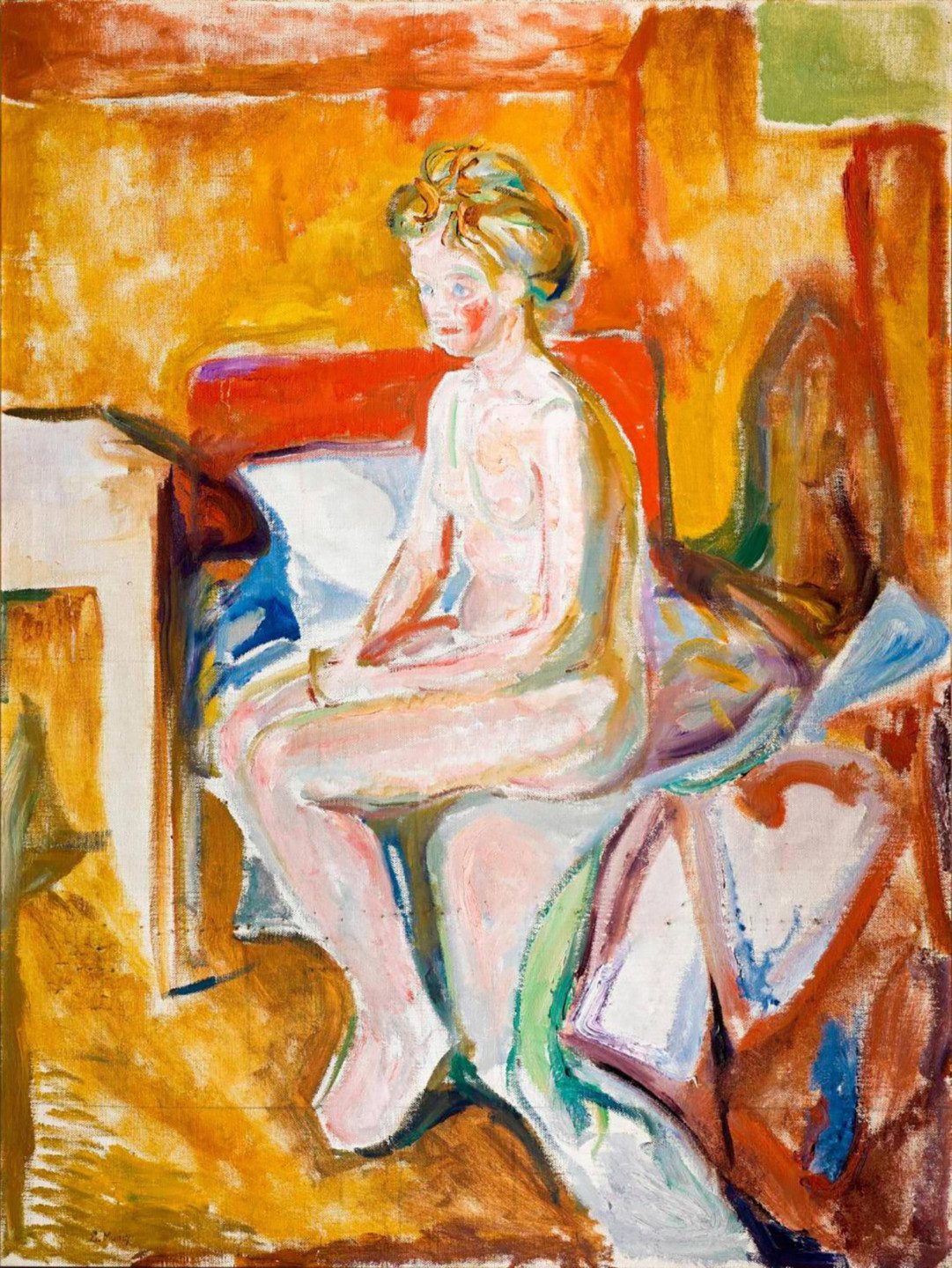
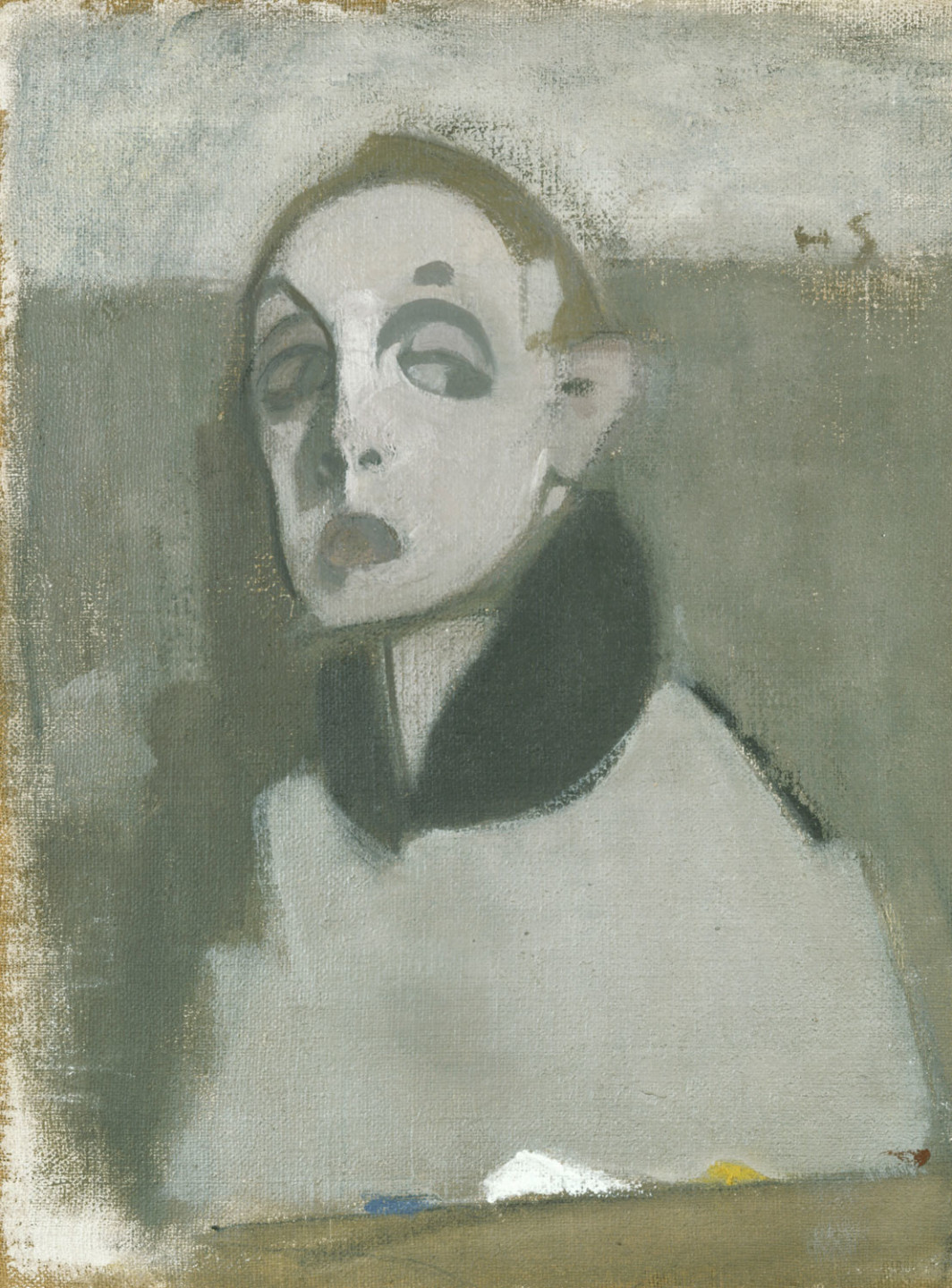
created according to the ideas of Pontus Hultén
The Study Gallery was created according to the ideas of Pontus Hultén, the director of Moderna Museet in 1960 to 1973. He used to discuss with the internationally-acclaimed architect Renzo Piano (born 1937), about what a future dream museum could look like – a museum where the art could be retrieved at the push of a button.
In this way, the Study Gallery is a prototype for a future museum where visitors select, and art customise their museum experience.
The Museum as a meeting place for all arts
Pontus Hultén was instrumental in making the Museum a meeting place for all arts, including film, sound and performance.
One of his most famous exhibitions was Movement in Art (1961), featuring works by Marcel Duchamp, Jean Tinguely, Alexander Calder and Robert Rauschenberg. Some of the works were added to the Moderna Museet collection. These artists, who became close friends of Hultén, are also represented in his donation, along with works by Niki de Saint Phalle, Jasper Johns and Sam Francis and others.
Moderna Museet received Pontus Hultén’s art collection in 2005
Pontus Hultén donated his collection, his library and his private archive to Moderna Museet in 2005. Together with the architect Renzo Piano whom Hultén met during his time as director of Centre Pompidou in Paris (1974-1981), the Study Gallery was created, with funding from the Friends of Moderna Museet.
Sofa tours
Join us for a guided tour in the comfort of your own sofa! Find a comfortable place to sit and join us, and get answers to your questions about art …
Live-streamed guided tours
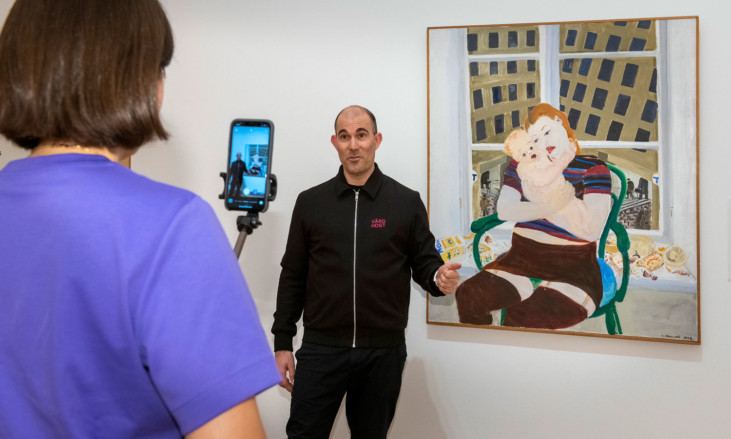
Annual Pass
The Annual Pass gives you free admission to all our exhibitions for a whole year. Buy your Annual Pass today and visit us as often as you want! …
Annual Pass
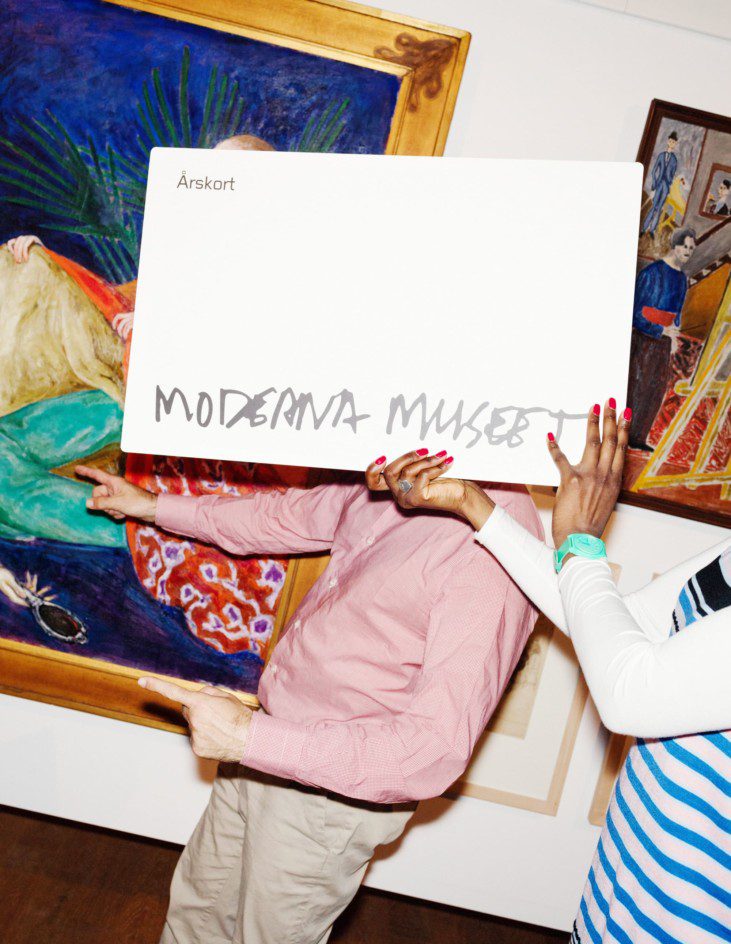
The Collection
What is the Moderna Museet Collection? A wonderful way to travel in time, art and ideas. Here, you will find some of the world’s finest art, modern …
The Collection
